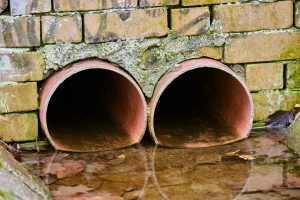
South Africa’s Wastewater Treatment Crisis: The Unseen Threat
In South Africa, a silent and devastating crisis is unfolding beneath the surface, one that threatens the very core of
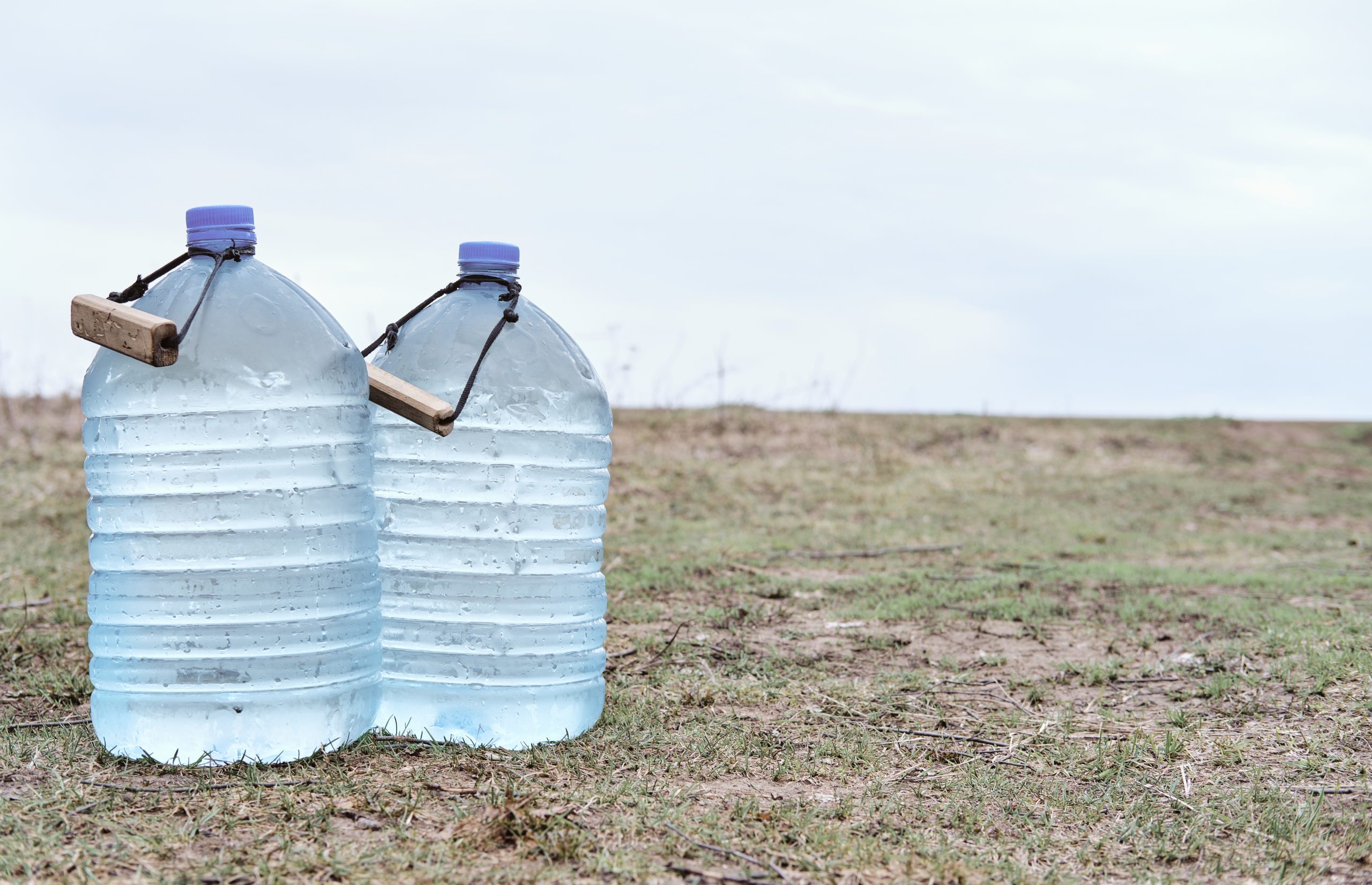
For many South Africans, the question of water safety is a daily concern. From inconsistent municipal supplies to the need for reliable backup systems during water cuts, ensuring the water you drink is clean and safe is a top priority. But what’s the best way to do it? Should you be filtering your water or purifying it? The terms are often used interchangeably, but they actually refer to two distinct processes that achieve different levels of water treatment. Understanding the key differences between them is crucial to making an informed decision, whether you’re dealing with “load shedding” for your water, or simply want to ensure your family is protected. This deep dive will clear up the confusion and get to the pure truth about what’s really happening to your water.
Filtration Fundamentals: The Basics of Clean Water
Let’s be honest, we’ve all had our moments of staring at the tap, wondering if the water coming out is truly as clean as it looks. With water shedding becoming a reality in some areas and the constant talk about aging infrastructure, it’s no wonder that a lot of us are looking for ways to take matters into our own hands. That’s where filtration comes in. At its heart, filtration is a pretty simple concept: it’s about physically getting rid of the bad stuff by making the water pass through a filter. Think of it as your water’s personal bouncer, making sure all the unwanted guests—like sediment, rust, and dirt—don’t make it to the party in your glass. It’s the most basic and crucial step to getting cleaner water.
Let’s break it down into simple terms:
Beyond the Basics: Explore Your Filtration Choices
Choosing the right water filter can feel overwhelming with so many options available. It’s not just about picking a product; it’s about finding the right solution for your specific needs, whether it’s for your home, your business, or for when you’re on the go. While the fundamental principles of filtration remain the same, the technology and design of different filters vary significantly, each offering unique benefits. Let’s explore some of the most common types of filters and what they’re best at, helping you navigate the options and make a confident choice.
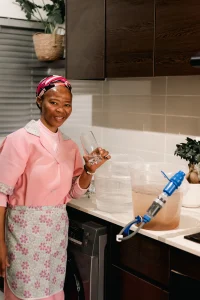
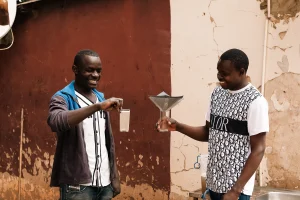
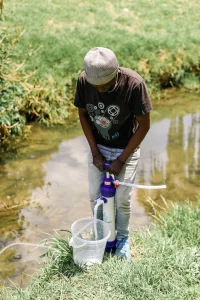
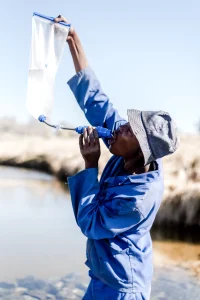
Purification: The Ultimate Defense
In a country where “Day Zero” has become part of the vocabulary and concerns about waterborne illnesses are a constant reality, simply filtering water might not always be enough. While filtration does an excellent job of removing physical impurities and improving taste, there’s a whole world of microscopic threats that it can’t touch. This is where water purification comes in, offering the ultimate level of protection for you and your family. It’s a more advanced, comprehensive process designed to eliminate the invisible dangers lurking in your water, from viruses and bacteria to dissolved salts and heavy metals.
Let’s break it down into simple terms:
Beyond the Tap: Your Purification Toolkit
South Africans are all too familiar with the realities of inconsistent municipal supply, water shedding, and the risk of aging infrastructure. True peace of mind comes from knowing your water is free from unseen dangers like viruses, bacteria, and other pathogens that filtration alone can’t stop. This is where your purification toolkit becomes essential. It’s about having the right tools to completely sanitize your water, providing the ultimate defense against waterborne illness, whether you’re at home, off-grid, or facing an emergency.
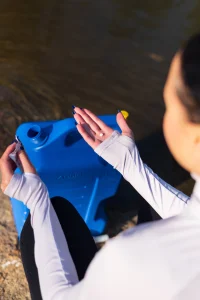
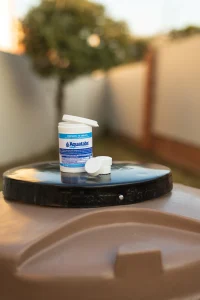
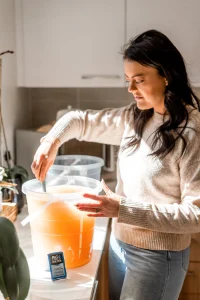
The Final Word: Your Pure Water Plan
South Africa’s unique water challenges—from droughts and water shedding to aging infrastructure and localized contamination—mean that a one-size-fits-all solution simply doesn’t exist. The decision between filtration and purification isn’t about which one is “better,” but rather which one is right for your specific needs. By understanding the distinct roles of each—filtration for removing visible particles and improving taste, and purification for eliminating invisible, harmful pathogens—you can build a layered approach to water safety. Whether you rely on a simple filter for daily use, keep purification tablets on hand for emergencies, or invest in a comprehensive system for your home, having a proactive “pure water plan” is no longer a luxury but an essential step toward ensuring the health and well-being of your family.

In South Africa, a silent and devastating crisis is unfolding beneath the surface, one that threatens the very core of

In light of ever-increasing water scarcity and deteriorating water quality nationally, many people are turning to JoJo tanks and their

Clean water isn’t always at your fingertips, but with P&G Purifier of Water Sachets, the solution can be in your